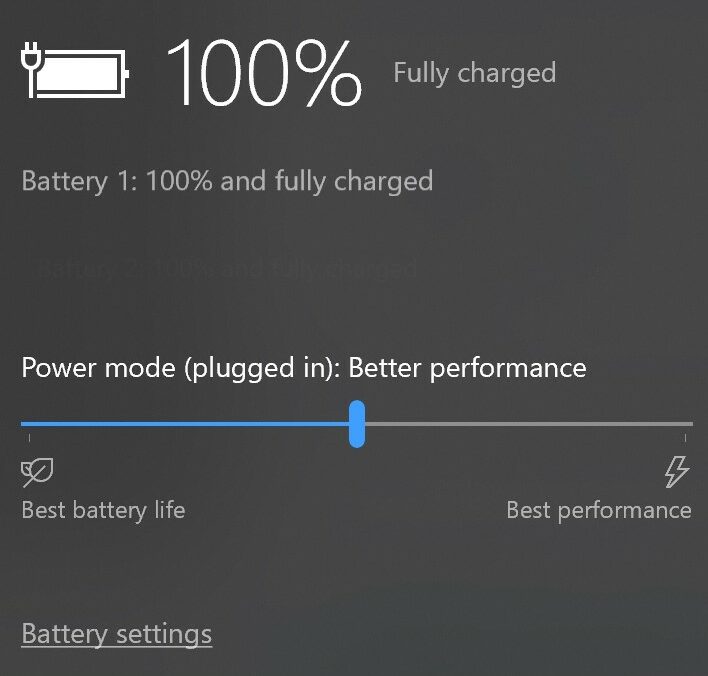INI Configuration File
Process Lasso [ main index ] Using the INI Configuration File The configuration options and process rules are stored in INI configuration file(s). You can manually edit this INI file, import/export it, choose an alternate INI file to use, or pretend it doesn’t exist. Usually system and network administrators, or those with a lot of process rules […]
Read more

